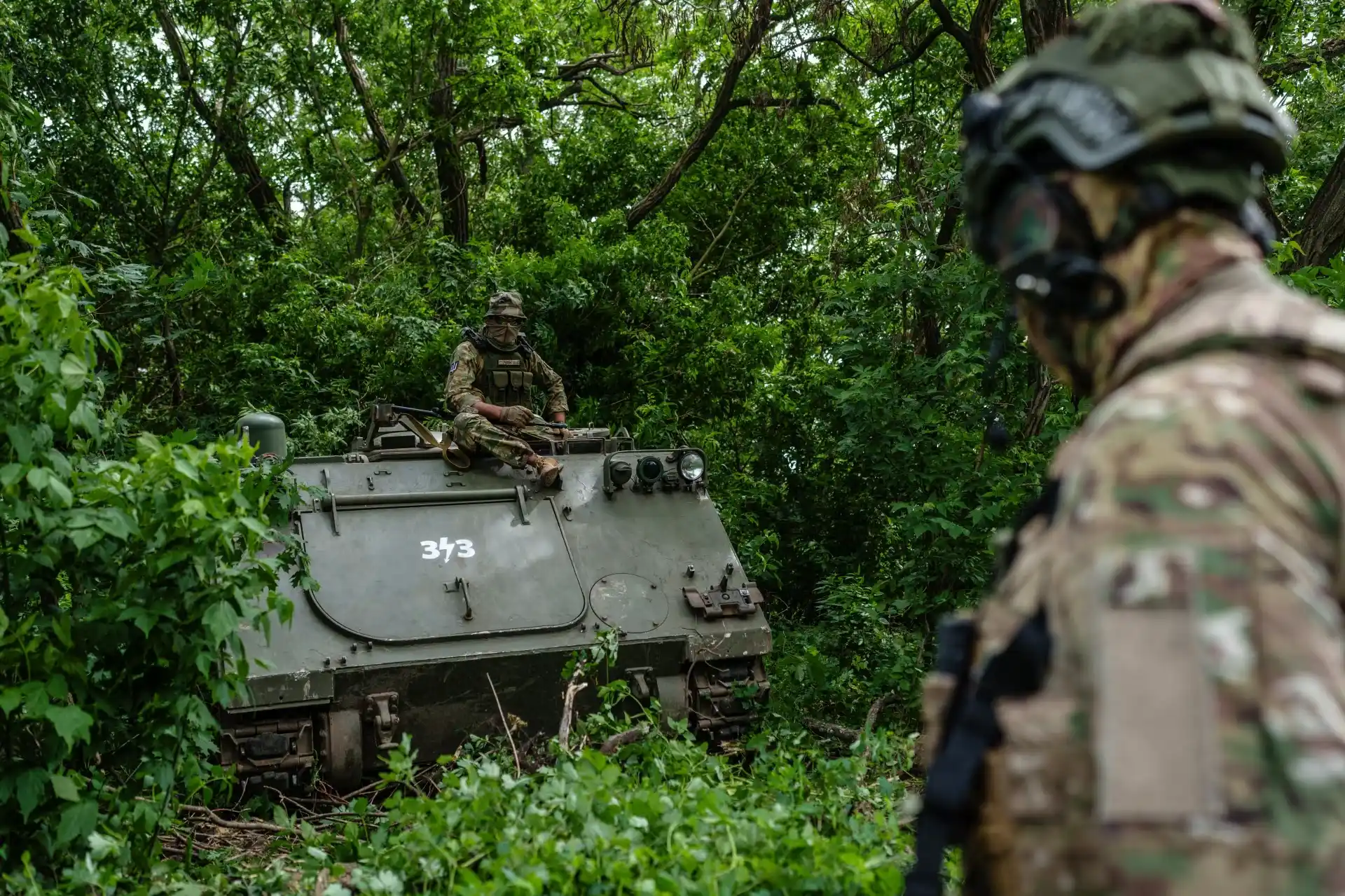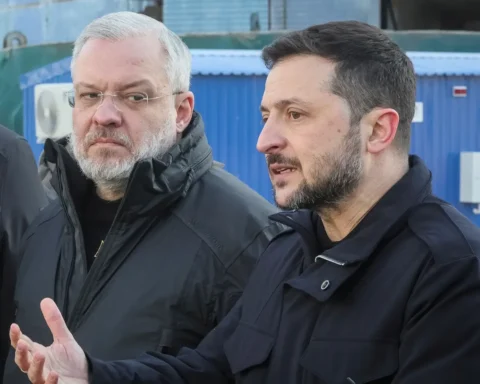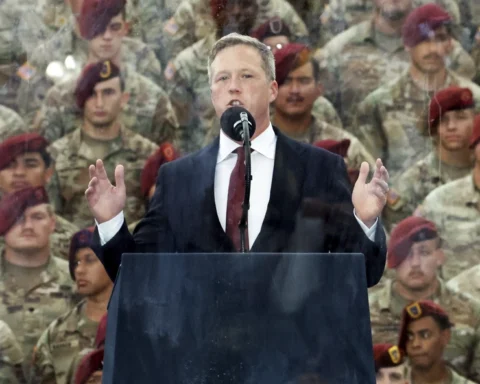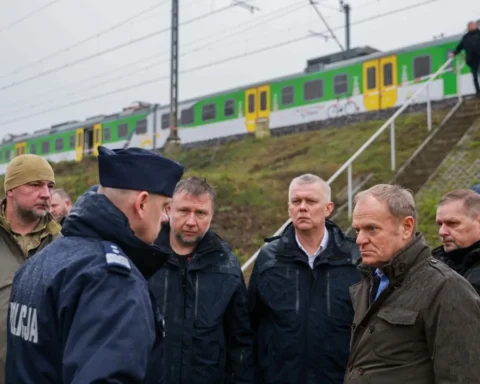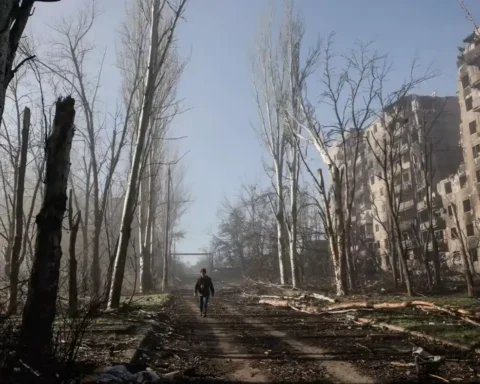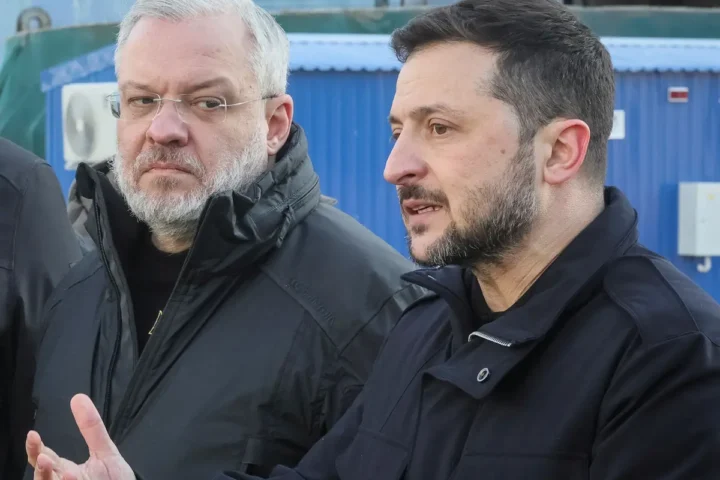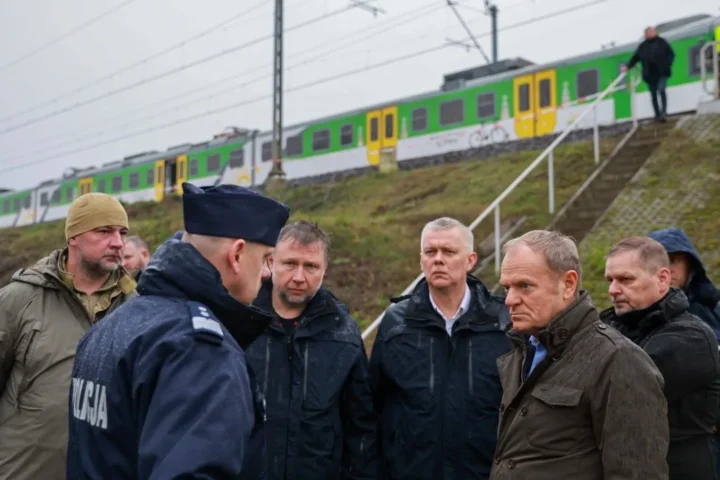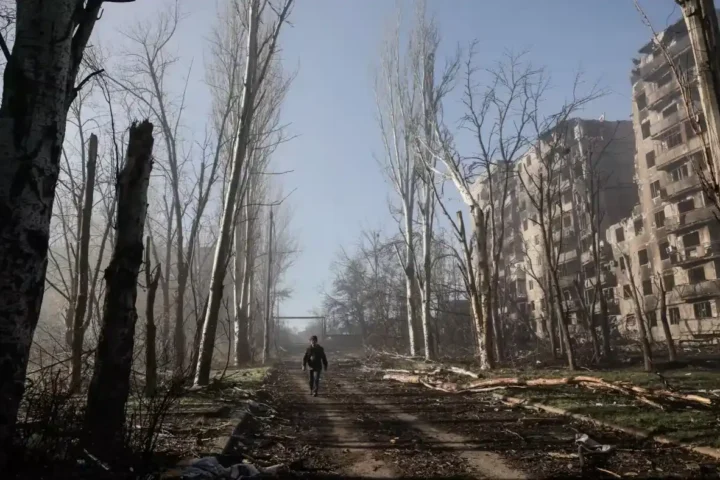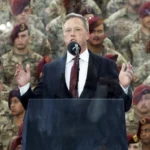According to The Wall Street Journal, the current phase of the war is a race between two hourglasses. In one, the sand is the time left to Ukraine’s overstretched army; in the other, the resilience of Russia’s economy to sustain the war without destabilizing Vladimir Putin’s regime. The Kremlin’s core bet is that Ukraine’s reserve runs out first.
The Deal That Didn’t Happen
President Donald Trump’s initiatives aimed to “freeze” the front line and strike a territorial compromise—a formula Washington believed might tempt Moscow. But for months Putin has avoided these proposals, holding to a maximalist agenda: effectively subordinating Kyiv and shifting Europe’s balance of power in Russia’s favor. The deadline Trump set for the Kremlin to show serious intent to start talks has already expired. Meanwhile, Ukraine’s European allies are discussing sending peacekeepers—to maintain a peace that doesn’t yet exist.
Critics of this approach in the U.S. and Europe see a central flaw: there is no unified strategy to speed up Russia’s economic countdown and change Putin’s calculus. On the current trajectory, they warn, the Kremlin could well win its wager.
Russia’s “Endurance”: Range Left—But Not Infinite
In 2023–2024, Russia’s economy showed growth despite sanctions, boosted by energy revenues and heavy wartime fiscal stimulus. But pressures are building: widening deficits, softening growth, shrinking oil-and-gas receipts, and mounting shortages and bottlenecks.
That doesn’t mean the country is on the brink of a crisis that would force the Kremlin to scale back its war aims. As Alexander Gabuev, director of the Carnegie Russia Eurasia Center in Berlin, notes:
“Problems are visibly mounting, but the Russian economy is not going to run into the wall anytime soon.”
By his estimate, even with a worsening outlook, Russia can sustain serious warfighting for at least another 18–24 months before the costs become critical. Tighter, better-enforced sanctions—and lower oil prices—could accelerate the squeeze. Yet fully choking off oil income is difficult: China and India now buy most of Russia’s crude, and New Delhi says it will keep doing so despite U.S. secondary tariffs introduced in August. The U.S. and EU so far show little appetite to punish Beijing for its economic support to Moscow—China has ample leverage to retaliate in any trade war.
Even a sharp deterioration in public finances doesn’t guarantee Putin will prioritize economics over politics and his historical project of restoring what he sees as Russia’s rightful sphere of influence. With borrowing constrained by sanctions, the scissors of austerity would likely cut civilian outlays first to shield defense spending. And if the money for lavish enlistment bonuses runs dry, recruitment could shift toward more coercive mobilization.
The Kremlin is not totally insensitive to economic fallout—especially inflation—that could spark broad discontent. Maria Snegovaya, a Russia expert at the Center for Strategic and International Studies (CSIS) in Washington, points out that the government has worked hard to “insulate” much of society from the war, in both economic and mobilization policy. At the same time, Ukraine’s drone strikes on refineries and pipelines aim to sap export revenues and puncture the façade of normal life. Some regions are already rationing fuel. As Snegovaya puts it:
“It is getting harder to maintain the appearance of normalcy… Russians become unhappy if the war interferes with their daily lives.”
But in an increasingly authoritarian system, there are fewer channels for society or elites to voice dissent, let alone act. By her estimate, Russia can continue the war for up to three years—unless sanctions tighten substantially.
Ukraine’s “Stubbornness”: Where Is the Breaking Point?
Judging by current frontline trends, another two to three years of war could push Ukraine’s defense to a dangerous threshold. Russia’s spring–summer offensive in the east yielded only marginal territorial gains, but relentless attrition of personnel weighs heavily on the Ukrainian army. Losses are getting harder to replace, and Ukraine’s mobilization potential is far smaller than Russia’s.
Moscow’s goal is less about seizing large swaths of land than exhausting Ukrainian forces until Kyiv is forced to capitulate. Putin is likely to scale back and accept a settlement the West and Ukraine can live with only if he believes Ukraine won’t buckle on the battlefield while his internal political risks are rising.
Continued deliveries of Western weapons and ammunition are essential to extending Ukraine’s ability to resist—alongside the buildup of its own defense industry. Just as crucial is stabilizing manpower. In Donetsk—the war’s main crucible—the infantry is so thin that small Russian groups can sometimes slip through the wide gaps between sparse strongpoints. Ukraine relies on mines, artillery, and above all drones to pick off attackers, but it cannot defend a country with a “robot army” alone.
Another source of friction is skewed draft practices that place the heaviest burden on middle-aged men from poorer rural and provincial areas, while the urban middle class and youth are more shielded. Russia’s recruitment is even more socially and regionally lopsided, but its size and authoritarianism let it absorb the strain. In Ukraine’s more democratic society, it rankles. Serhiy Ignatukha, leader of the Bulava drone unit in Ukraine’s Presidential Brigade, says:
“Social inequality is the main problem behind the infantry crisis. The draft offices take the farmer out of his tractor but not the attorney out of his office.”
Like many tired frontline veterans, he’s frustrated by the number of able-bodied men frequenting bars and nightclubs in Kyiv, Dnipro, and Odesa:
“We should be like Israel, where everybody fights.”
Command and Trust: The Legacy of “Soviet Style”
Rigid, “Soviet-style” staff habits—widely blamed by soldiers for unnecessary losses—undermine trust in the command and reduce citizens’ willingness to enlist. For two years, frontline officers and analysts have argued that Ukraine urgently needs to reform how it generates and manages forces.
Capt. Oleksandr Shyrshyn, a battalion commander in the 47th Mechanized Brigade, put it this way:
“Maybe we still haven’t reached that critical point yet where the need for change forces action.”
And yet, despite shortages of men and munitions, Ukraine has repeatedly found ways to wriggle out of impossible situations since February 2022. Its deepest resource, Shyrshyn says, is the will to survive and an ability to improvise:
“Our will to survive helps us act in nonstandard ways… To find the way where there is no way.”
What Could Change Putin’s Calculus
The Wall Street Journal’s bottom line is straightforward: unless something speeds up Russia’s economic hourglass—tougher sanctions, real enforcement, lower oil revenues, tighter technology choke points on its defense industry—the Kremlin will keep pressing on Ukraine’s weakest seam: manpower shortages and social fatigue. To spoil Putin’s wager, the West and Kyiv must both extend Ukraine’s time (weapons, ammunition, drones, air defense, command-and-control reforms, a fairer and more effective mobilization) and accelerate the depletion of Russia’s resources.
For now, the Kremlin sees no unavoidable costs—and thus no reason to rush into talks on terms other than a “victor’s peace.” That is why Putin is disinclined to embrace President Donald Trump’s proposals: his bet is to outlast Ukraine at the front before his own economy truly starts to grind.
This article was prepared based on materials published by The Wall Street Journal. The author does not claim authorship of the original text but presents their interpretation of the content for informational purposes.
The original article can be found at the following link:The Wall Street Journal.
All rights to the original text belong to The Wall Street Journal.


